
You might think I’m exaggerating.
But you’re wrong.
Your branding strategy really has put the cart before the horse, and here’s why:
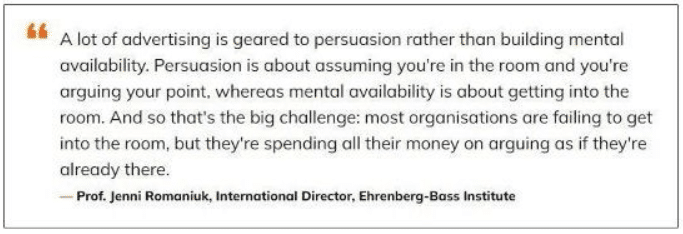
In other words, the correct order of operations & importance is:
Most branding ads jump to step three without bothering to stand out or to cement themselves into the minds of customers.
And to make matters worse, those persuasion attempts focus on rational, reason-why style arguments, rather than bonding.
These companies think they’re in the room with the customer, actively selling, but they’re really out in the cold, muttering to a closed door.
If you think that’s a colorful exaggeration, think again.
In a study by the Ehrenberg-Bass Institute, average ad recall was found to be 40%
That might seem not too terrible, but it gets worse.
Because that 40% represented recall of the ads, not recall for the brands.
Of the recalled ads, customers only associated the brand with those ads 40% of the time.
Meaning that only 16% of the ads were both recalled AND attributed to the correct brand.
That IS astoundingly terrible.
Freaking 17 ads out of 20 failed to get into the mental “room” with the customer.
And I guarantee you those ads spent the majority of their time on puffery and superlative-laden, reason-why appeals.
Bass-Akwards, baby.
But don’t fret; the ad industry’s screw-up is your opportunity.
All YOU have to do is focus on standing out as distinctively you while bonding with the customer, and you’ll become a one-eyed king in your category.
Standing Out Ain’t Enough — You Have to Be Distinctively On-Brand
Make no mistake, standing out is indeed a start.
‘Cause most marketing material doesn’t even do that. Just look for yourself:
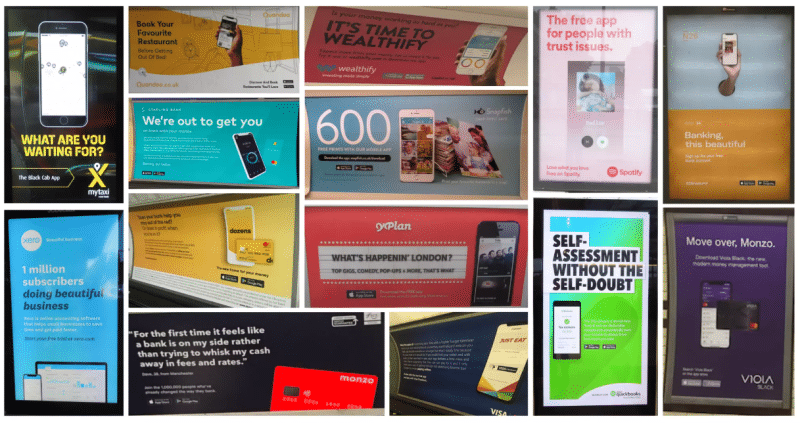

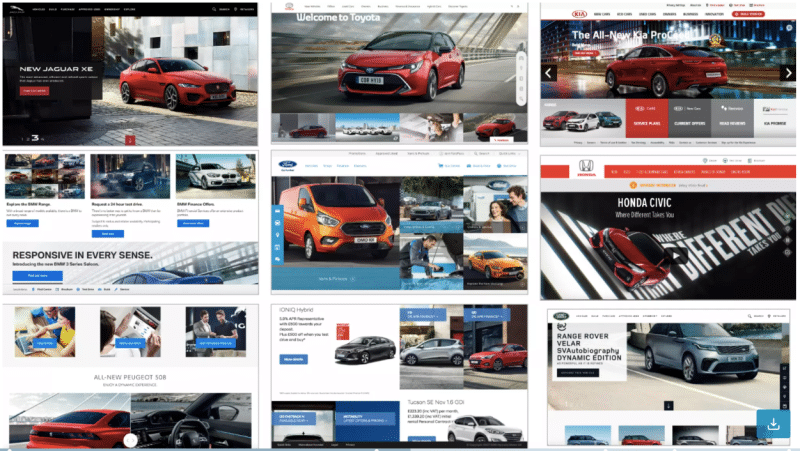
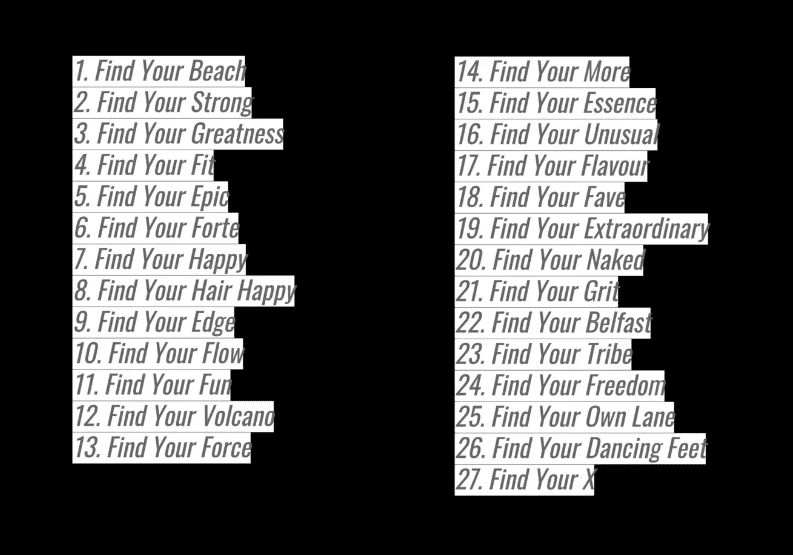
But you don’t want to stand out as zany, crude, or off-putting.
You want the ways in which you are distinctive to be consistent in order to build up brand salience (i.e. brand recall) over time.
The goal is to stand out in a way that’s appealing AND on-brand
For example, a study published in Psychological Reports, compared fictional advertising slogans for Heineken beer.
The various slogans were measured both for their ability to stand out as distinctive, as well as their recall and brand-attribution by participants.
Here are the results:
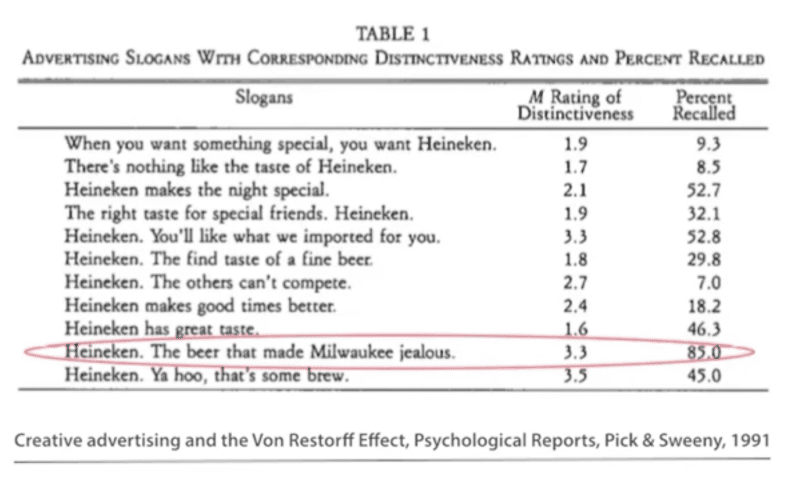
Note that the slogan “Heineken. Ya hoo, that’s some brew” was highly distinctive.
It stands out, big time.
But it’s also jarringly off-brand for a beer positioned as an upscale, European import.
And that disconnect resulted in relatively poor recall.
Whereas, “Heineken. The beer that made Milwaukee jealous” didn’t stand-out quite as much, yet was decidedly on-brand.
And this on-brand quality nearly doubled recall for this slogan compared to “Ya Hoo, that’s some brew.”
People remembered the slogan AND the brand.
Now, some of that has to do with that slogan’s use of Gossip Triggers to increase emotional response.
But without being on-brand, those triggers would increase recall of the slogan without associating the slogan to the brand.
And proper branding is all about association design.
Fixing Your Bass-Akwards Branding
Does all that make sense?
You need to stand out in a way that’s appealing and on-brand.
And to do that, you’ll want to create and invest in tools like:
- A brand character diamond
- A brand voice style guide
- Brandable Chunks and other Distinctive Brand Assets
- An Ear-wormy, audible signature
- A proper strategy for bonding with the customer
If that list sounds like a lot, that’s because it is.
So if you’d prefer a shortcut, I can give you two:
A business owner telling his sincere back-story is all-but-guaranteed to stand out as different from any other ad on the air.
And a properly told origin story will be unique to the brand/owner while creating a solid bond with like-minded customers.
It’s a powerful tool that’s never failed me or my clients.
If you’d like help telling yours, I’d be happy to help.
- Are You Paying for Too Much for the Wrong Keywords? - July 15, 2024
- Dominate Your Market Like Rolex — 4 Powerful Branding Lessons - July 3, 2024
- Military-Grade Persuasion for Your Branding - June 25, 2024
